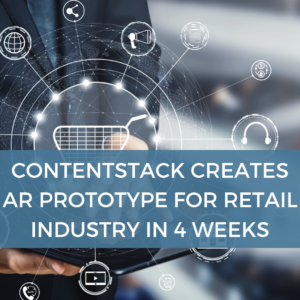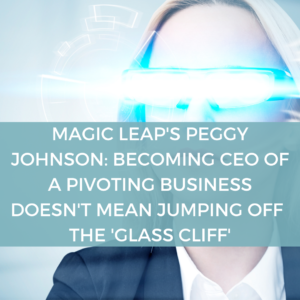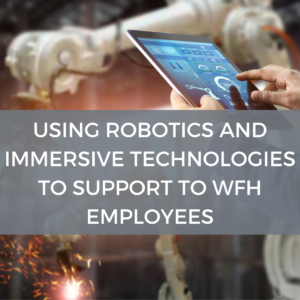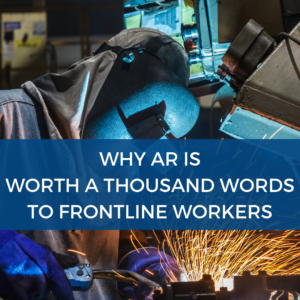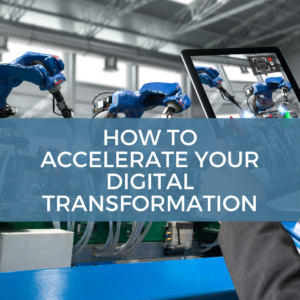A New Reality: AR Changes How Technicians Work and Learn
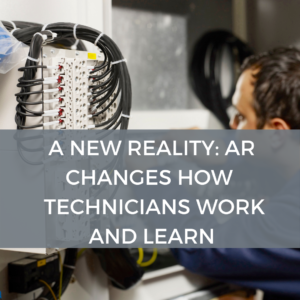
The Head of Commercial Solutions at Design Interactive, Matt Johnston, is quoted to have said that AR and VR enable two technicians to see the same view at the same time. The organisation is developing a virtual classroom program for training technicians, using a combination of AR and point-of-view video training. This creates a procedure involving 3D interactive holograms and other content. Once finished, any trainee or expert in the company can download the content, making the entire process remote.
Other key points throughout the article include:
- AR smartphone apps overlay step-by-step guides onto a technician’s field of vision; they can point their phone at equipment and view AR information such as supplemental icons, updating along with the camera’s movements. Experts can also be involved by logging in and viewing the technician’s screen.
- Adoption of AR during Covid-19 has accelerated due to social distancing, as technicians can work completely remotely using AR.
- Kenneth Calhoun, Fleet Optimisation Manager for Altec Group, has been investigating the current education system and found that few schools have invested in modernising truck equipment for the upcoming generation of technicians. Calhoun has stated that AR and VR can be utilised to educate students on newer truck technology.
- Director of Industry and Customer Engagement at Tradiebot Industries, Beth Rutter, is quoted to have said that kinesthetic / tactile learners tend to be attracted to the repair industry, and AR/VR technologies can provide an environment in which they can learn appropriately.
- According to Marlo Brooke, the CEO and founder of Avatar Partners, Mixed Reality gives technicians the highest memory retention, and allows for less experienced, Level 1 technicians to train at the level of senior technicians. Additionally, the technology allows for a 75% reduction time for troubleshooting vehicle problems, as AR provides “x-ray vision”, allowing them to detect the issue efficiently.
- Experts’ skills are also increased due to AR, as their work is sped up by 25%.
The article includes a section stating the differences between Augmented Reality and Virtual Reality, and elaborates on specific use cases of the technology in vehicle maintenance. For example, AR is particularly useful for bumper removal; since the sensors in bumpers now compromise other vehicle systems, AR apps can overlay icons on the vehicle representing which areas can be removed, which tools should be used, and the appropriate procedure.
